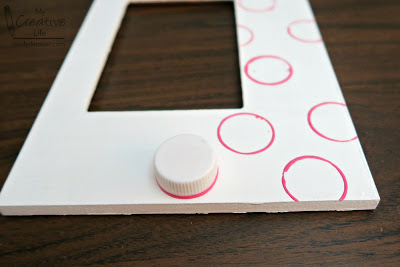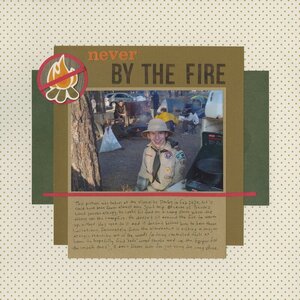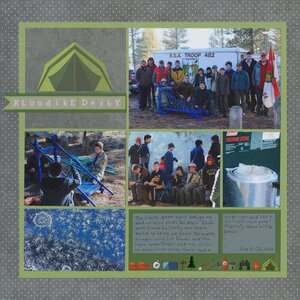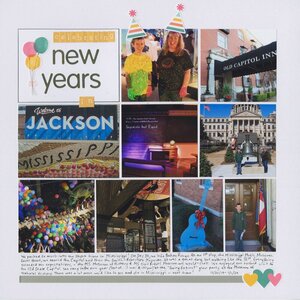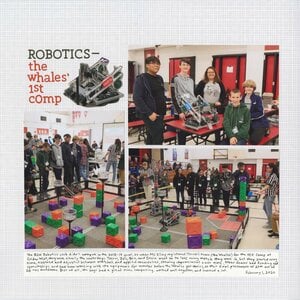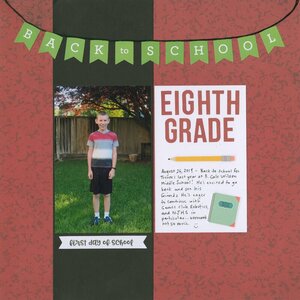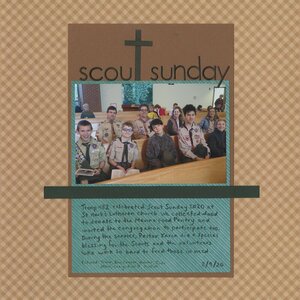Time for another stroll down Memory Lane back to my teaching days!
When I was teaching 4th/5th grade, we had a school-wide Ocean Week every year. Each grade level studied a different ocean habitat (4th grade was Kelp Forest and 5th grade was Open Ocean). We decorated our classrooms and worked our study of the ocean into all our curricular areas. The kids made fish print t-shirts and we hosted an amazing Ocean Night for the community. The week culminated with a parade.
Early in the week, each student in my class picked a different fish to study, focusing on its habitat, predators/prey, and the body structures that helped protect it or aid it in surviving in its environment. We then made fish hats and signs to wear around our necks. My students wore these to visit younger classrooms to present oral reports about their chosen fish, then wore them for the parade. Sadly, I have no photos of my class dressed up as fish from the kelp forest or the open ocean. What I wouldn't give to go back and get pictures of all the cool things we did! Fortunately, I saved a few samples (including the sea bass outfit I made and wore), which Trevor was kind enough to model.
Picture a whole class dressed up like this, each with a different fish. It was awesome.
You don't have to celebrate Ocean Week to make your own fish hat and sign. Make your own hat based on
your state fish!
---------
State Fish Hat
Materials:
Steps:
Lightly sketch the fish's body on one sheet of paper. It should extend most of the 18" length in order to be big enough to fit on your head. When you are happy with the size and shape, add the major details - an eye, gills, spots, stripes, etc.
Use paperclips to attach the second piece of construction paper to the first. Carefully cut around the fish you've drawn, moving the paperclips in as you cut away scraps. You should end up with two identical fish shapes, paperclipped together.
Hold the paperclipped fish up to a window with the blank side up. Trace the eye, gills, and other features so that you now have two fish pieces that are a perfect mirror image of each other.
Remove the paperclips and color in the fish.
Finally, staple the fish pieces together at the head and the tail to make a hat.
This is a cutthroat trout, the
state fish of Idaho, Montana and Wyoming. Four more states (Colorado, Nevada, New Mexico and Utah) have particular subspecies of cutthroat trout as their state fish.
Here's a sample done by one of my students, Catherine S., back in the day (modeled by Trevor, the most cooperative 13-year old boy of all time).
It is California's state fish, the golden trout.
---------
I checked out "fish hat" on Amazon to see what was out there and it did not disappoint. This
light-up angler fish hat is awesome. I like the shine on
these 'luau fish' hats, but I'm trying to understand why they only come in packs of six. And speaking of trying to understand, I don't understand
this fish hat at all. It is just plain creepy.


